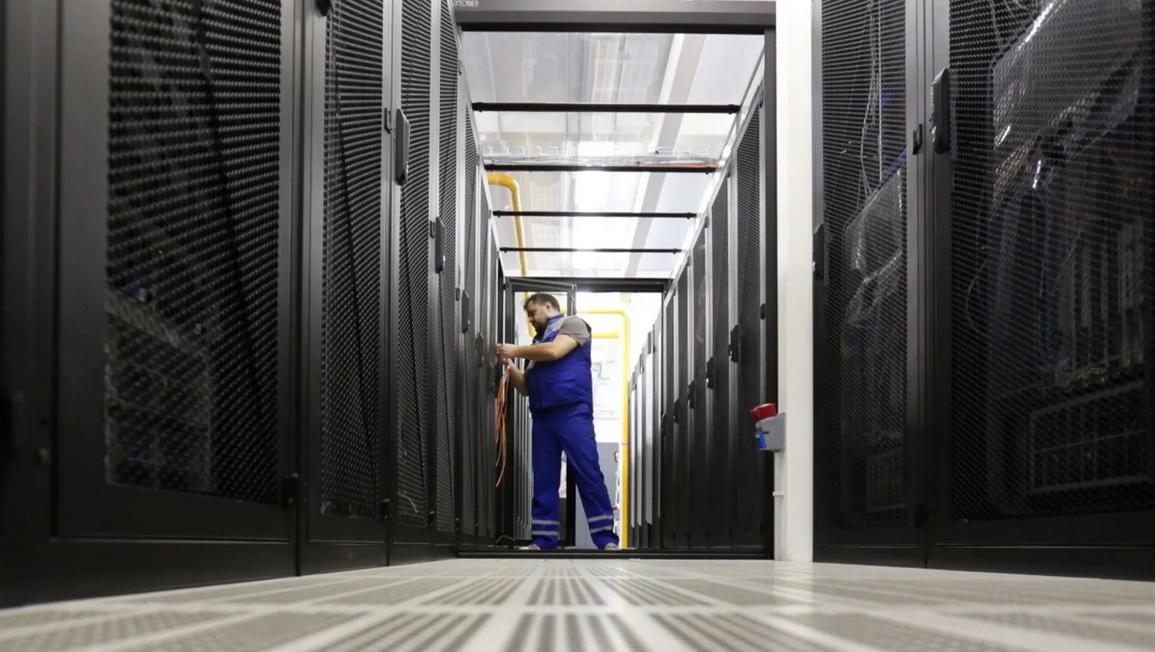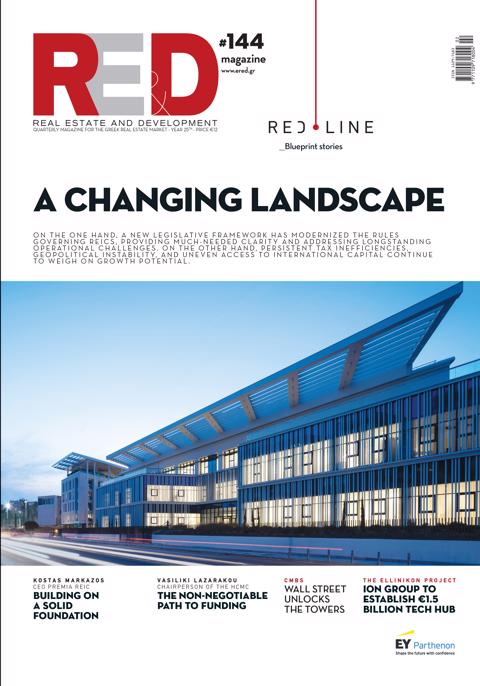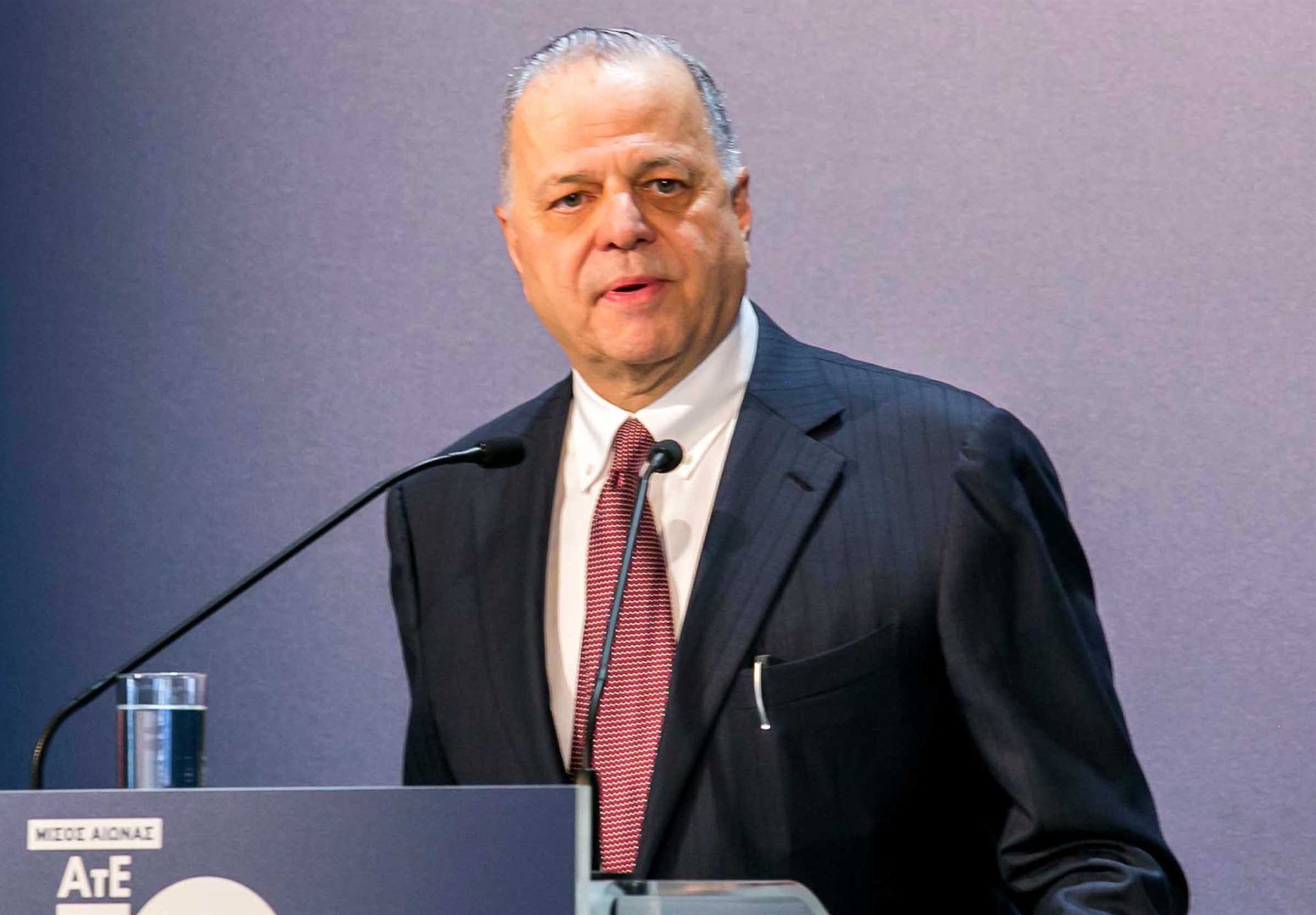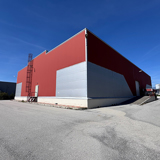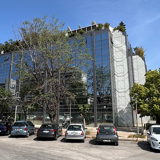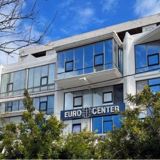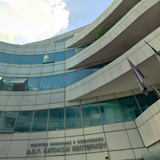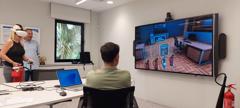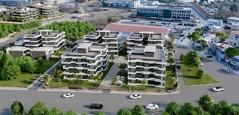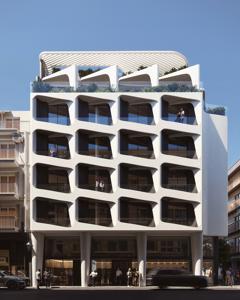Athens has officially progressed from the Emerging to the Developing category, marking a clear indication of its advancement and growing potential within the broader EMEA (Europe, Middle East, and Africa) data center landscape.
According to Cushman & Wakefield, the EMEA data center markets are now classified into four distinct tiers:
- Powerhouse Markets – Dominant global hubs
- Established Markets – Mature, stable regions
- Developing Markets – Rapidly expanding regions
- Emerging Markets – New and fast-rising markets
Athens currently offers 21MW of live IT capacity, with an announced pipeline of 18 new data centers by 2030—primarily in Attica, Thessaloniki, Western Macedonia, Thessaly, and Crete—which will collectively add more than 165MW. This positions Athens among the most promising developing markets in the region. Leading industry players such as Digital Realty and Sparkle have already unveiled expansion plans, further solidifying the city’s strategic importance.
A Clear Legal Framework Drives Growth
A critical milestone in the sector’s growth has been the enactment of Joint Ministerial Decision 96038/2024, which introduced a clear regulatory framework for the licensing and operation of data centers. The decision aligns with Greece’s National Digital Transformation Strategy, supporting green energy access, the expansion of fiber-optic infrastructure, and the creation of new jobs.
In parallel, Greece is implementing its National Broadband Plan, aimed at upgrading 5G networks and high-speed infrastructure across both urban and regional areas. As a central node in this transformation, Athens serves as a natural entry point for investments and connectivity across Southeast Europe.
Strategic Projects and Investments
Among the key initiatives is the formation of Gemini, a joint venture between IPTO (ADMIE) and Serverfarm, which plans to build a 130MW hyperscale data center in Athens, laying the foundation for a national data center ecosystem.
Equally significant is the launch of Pharos—Greece’s first AI Factory—which has been operational in Athens since 2025. The center houses the Daedalus supercomputer, one of the 30 most powerful in the world, and is set to accelerate research, innovation, and AI-driven entrepreneurship on a European scale.
Challenges and Infrastructure Needs
Despite positive momentum, energy capacity and cost remain key challenges. Greece aims to meet 82% of its energy needs from renewable sources by 2030, but the current transmission network requires significant upgrades. In response, the government is investing in new interconnections and infrastructure projects, while also encouraging the decentralization of data centers—such as Digital Realty’s expansion in Crete and the establishment of Radiant Data Centre S.A. in collaboration with Public Power Corporation (PPC).
The EMEA Data Center Landscape: A Four-Tier Market Model
The data center market across EMEA is highly diverse in terms of maturity, capacity, and development outlook. To better reflect this complexity, Cushman & Wakefield has replaced the traditional “primary” and “secondary” classification model with a four-tier framework:
1. Powerhouse Markets – Dominant Hubs
These are markets with total capacity exceeding 1GW, including London, Frankfurt, Dublin, Paris, Amsterdam, and Milan. They account for over 45% of EMEA’s live capacity and 44% of planned pipeline.
London, the leading market with 1,189MW live, faces grid congestion, but the new Uxbridge Moor Substation from National Grid will provide 1.8GW.
Frankfurt remains strong with a 1.4GW pipeline.
Dublin suffers from land and power shortages.
Amsterdam deals with local bans and regulatory constraints.
Milan is expanding rapidly with 915MW in pipeline.
2. Established Markets – Stable Performers
Markets with 300–1,000MW of capacity, including Lisbon, Madrid, Helsinki, Oslo, Berlin, Stockholm, Dubai, Johannesburg, and others. These markets hold 1,587MW live, with 3,678MW in pipeline.
Lisbon stands out thanks to the Start Campus project, which boasts a pipeline of 1,261MW, vastly exceeding its current 29MW capacity.
Stockholm was recently upgraded to this category following AWS's 144MW expansion.
3. Developing Markets – Rapid Growth Regions
Markets with 150–300MW, such as Zurich, Warsaw, Tel Aviv, Copenhagen, Groningen/Eemshaven, Lagos, and Athens. These regions have 693MW live and 815MW in pipeline.
Eemshaven, supported by Google, has 200MW live and 99MW in pipeline.
Athens and Lagos entered this category in 2025, reflecting their increased investment activity and strategic importance.
4. Emerging Markets – High-Potential Entrants
Markets with under 150MW, including Barcelona, Brussels, Riyadh, Zaragoza, Munich, Marseille, and Jeddah. While they account for less than 5% of EMEA’s live capacity, these regions are characterized by high growth potential, competitive land pricing, robust connectivity, and government support
